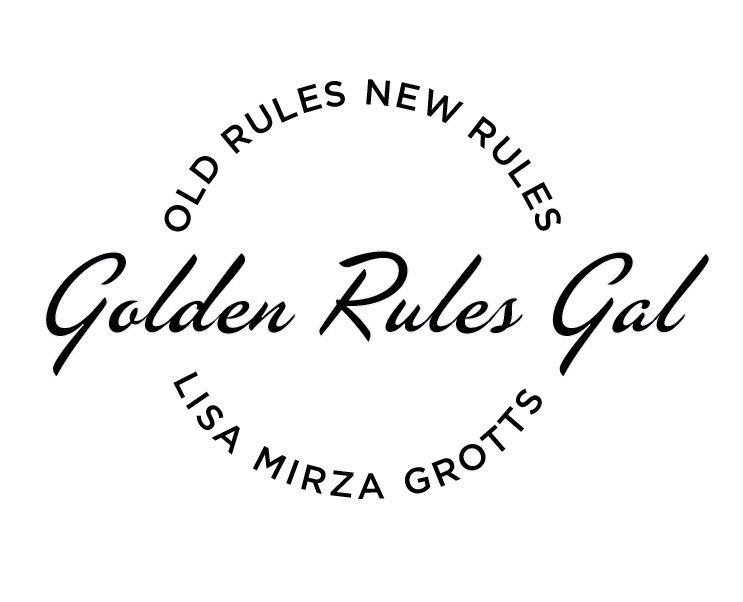If you can say it with a ? or a ?, why not? Less is more, especially with texts, which are meant 2 b short. The great advantages of texting and email are the three e’s: They’re easy, effective and effortless. But the downside of electronic messaging is the lack of nuance. Oftentimes, without face-to-face contact, a message can be misinterpreted, and standard punctuation marks can go only so far. Not only that, punctuation can go too far. Haven’t you ever read something e and thought TMP: Too Much Punctuation? The overuse of exclamation points and question marks and the use of all caps (which is the equivalent of shouting) are annoying and counter-productive in e-messages.
A clever solution to this problem? Emoticons (emotion + icon) were invented in the early days of email to add nuance to a typed message. By simply combining punctuation marks, emoticons such as 😉 and 🙁 can give readers messages such as “just kidding” or “phooey.”
With the proliferation of smartphones, texting or SMS (Short Message Service, the texting service used for smartphones), upped the ante, as texts must be even shorter than email messages to fit the small screen (and the attention span of smartphone users on the go). Thus the emoji: Ideograms (from the Japanese for picture +character) invented by the Japanese to add not just emotion to texts but to replace words and phrases altogether.
This kind of playful messaging in both emails and texts should be used only for informal communications, not for business correspondence or formal messages. It’s standard among the young, such as my tweenage niece and nephews; when they send me messages, there are often more emoticons and emoji than words, so I’ve started doing the same thing in my answers, just to keep up with them.
But for those who want to write literate emails (or even an actual letter or card) and want to correctly use traditional punctuation, remember not to overuse those exclamation points and capital letters. And if you really want to explore the proper use of punctuation, there is no better guide than the classic one: The Elements of Style by Strunk and White. The rules are actually rather simple and easily learned, making this book a must-own for every adult who communicates in written English. It’s also one of my favorite gifts for the twenty-something set.
[author] [author_image timthumb=’on’]http://37.60.249.202/~expertet/wp-content/uploads/about-lisa.jpg[/author_image] [author_info]Lisa Mirza Grotts is a recognized etiquette expert, an on-air contributor, and the author of A Traveler’s Passport to Etiquette. She is a former director of protocol for the city and county of San Francisco and the founder and CEO of The AML Group (Lisagrotts.com), certified etiquette and protocol consultants. Her clients range from Stanford Hospital to Cornell University and Levi Strauss. She has been quoted by Condé Nast Traveler, InStyle magazine, the Los Angeles Times, and the New York Times. To learn more about Lisa, follow her on Twitter.com/LisaGrotts and Facebook.com/LisaGrotts
Follow Lisa Mirza Grotts on Twitter.[/author_info] [/author]
